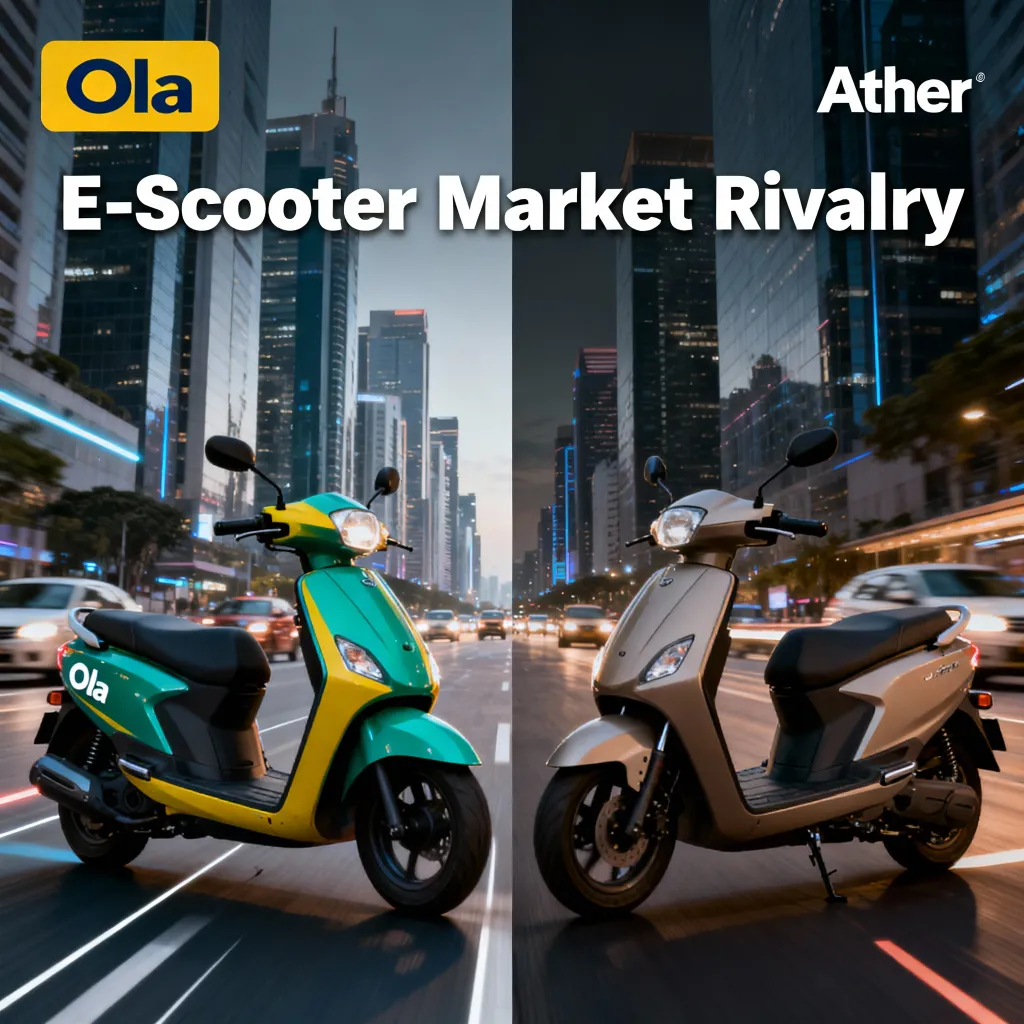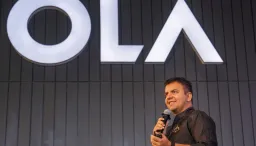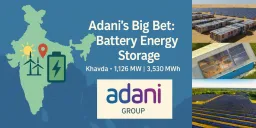Ola vs Ather: How Business Strategy, R&D, and Management Decisions Shaped an Electric Downfall

Ola and Ather represent two different approaches to India’s electric vehicle (EV) market, but Ola’s strategy has led to a noticeable business downturn. Comparing their business models, reasons for Ola’s struggles, and the critical role of research and development (R&D) illustrates the broader importance of sustained innovation—an area where even giants like Sony have faltered.
Business Model Comparison
Ola Electric aims for massive scale and vertical integration, building everything from battery cells to showrooms, targeting the mass-market segment. In contrast, Ather positions itself as a premium scooter brand with an asset-light, OEM-oriented model: it outsources battery cell production and relies primarily on third-party sales and service partners rather than owning everything in-house.
Factor | Ola Electric | Ather Energy |
|---|---|---|
Target market | Mass-market, high volume | Premium, niche segment |
Vertical integration | Builds battery cells, owns experience centers | Outsources cells, dealer partners |
R&D strategy | Invests in R&D, but focus is debated | Smaller spend, targeted focus |
Brand positioning | Accessible EVs, blitzscaling | Superior quality, premium image |
Business approach | Aggressive expansion, many subsidiaries | Flexible, single entity |
Reasons for Ola’s Downfall
Despite ambitious expansion, Ola faces systemic problems:
Rushed Expansion: Blitzscaling with heavy capital investments led to operational complexity, supply chain bottlenecks, and quality control lapses.
Management Issues: Ola's rapid acquisition and integration strategy outpaced its ability to manage operational risk and maintain product standards.
R&D Weakness: While Ola’s R&D spend (7.69% of revenue) is numerically higher than Ather’s (6.6%), industry experts argue Ola lacks a focused, high-caliber R&D culture that translates spend into market-leading, innovative products or robust engineering.
Customer Experience: Mass-market focus meant sacrificing product quality and service, giving Ather an edge in reputation despite smaller scale.
Acquisition and Integration Problems
Ola’s aggressive acquisition of technology and asset-heavy expansion saddled the company with high fixed costs and integration headaches. Unlike Ather, which can pivot quickly because it isn’t tied to proprietary battery tech or infrastructure, Ola’s in-house cell manufacturing means it faces huge supply chain and pricing risks—especially in a volatile raw materials market.
R&D and Importance of Innovation
Ola’s struggles echo Sony’s historic decline: despite being a technology pioneer, Sony invested less in core R&D during the 2000s, causing it to lag behind as competitors introduced game-changing consumer electronics. For Ola, superficial R&D investment without a deep, innovative engineering culture means it can’t deliver sustained product advantage—ultimately risking long-term decline as consumer preferences shift and new entrants innovate faster.
Why This Matters
Market Leadership Depends on R&D Excellence: Without consistent investment in genuine R&D and a culture that values technical excellence, both Ola and Sony demonstrate that even market leaders can quickly lose ground to more agile or innovative players.
Adaptability Is Key: Ather’s asset-light model shows that flexibility and focus allow for quick adaptation to technology shifts, something asset-bound giants like Ola may struggle with.
Long-Term Success Needs Balance: Sustainable leadership in EVs, as in electronics, requires balancing expansion with quality, innovation, and customer experience.
Both Ola and Sony highlight that innovation is not just about spending, but about having the right culture, processes, and vision. For Indian EV startups and global corporations alike, true R&D capability often marks the difference between sustained growth and a slow, painful decline.









